#Assheton Gorton
Photo
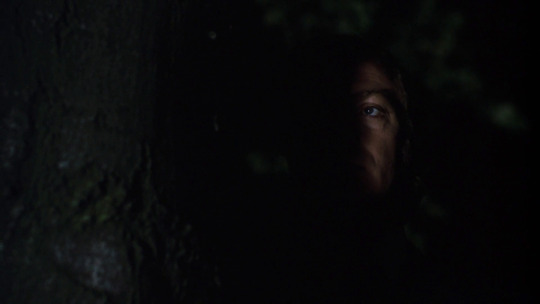
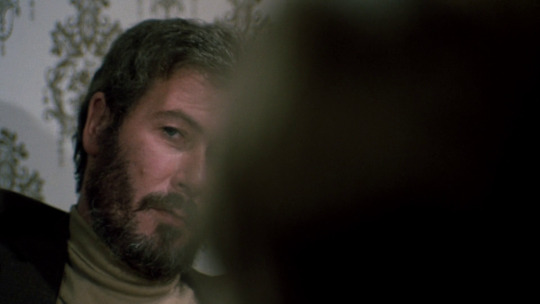
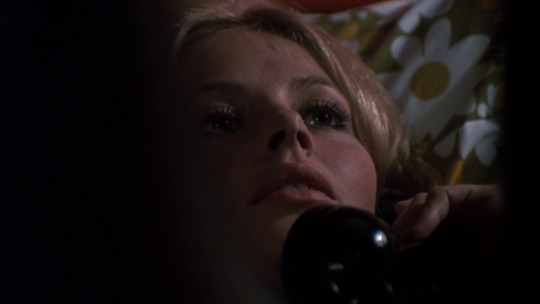







Get Carter (Mike Hodges, 1971).
#get carter#get carter (1971)#michael caine#mike hodges#britt ekland#john trumper#assheton gorton#wolfgang suschitzky#roger king#evangeline harrison
26 notes
·
View notes
Photo





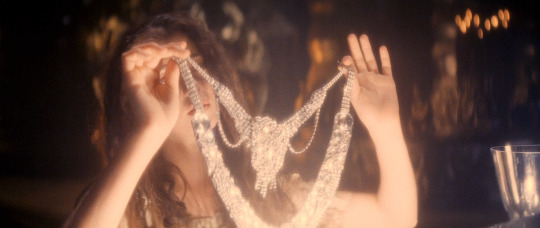

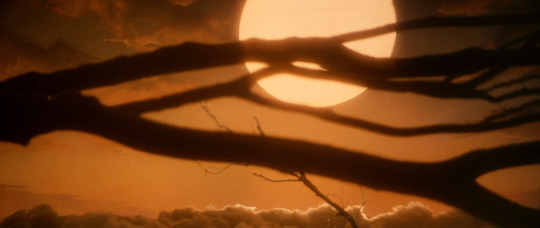


legend (ridley scott, 1985)
#big lamberto bava/michele soavi vibes#legend#ridley scott#mia sara#alex thomson#charles knode#assheton gorton#s
111 notes
·
View notes
Text
The Knack ...and How To Get It (1965)
The Knack ...and How To Get It by #RichardLester starring #RitaTushingham and #MichaelCrawford, "a charming, funny and beautifully shot bit of cheekiness"
RICHARD LESTER
Bil’s rating (out of 5): BBB
United Kingdom, 1965. Woodfall Film Productions. Screenplay by Charles Wood, based on the play by Ann Jellicoe. Cinematography by David Watkin. Produced by Oscar Lewenstein. Music by John Barry. Production Design by Assheton Gorton. Costume Design by Jocelyn Rickards. Film Editing by Antony Gibbs.
A number of British Invasion movies remain popular today…

View On WordPress
#Ann Jellicoe#Antony Gibbs#Assheton Gorton#Berlin 1965#Bruce Lacey#Cannes 1965#Charles Dyer#Charles Wood#Dandy Nichols#David Watkin#Donal Donnelly#Edgar Wreford#Frank Sieman#George Chisholm#Golden Globe 1965#Helen Lennox#Jocelyn Rickards#John Barry#John Bluthal#Margot Thomas#Michael Crawford#Oscar Lewenstein#Peter Copley#Ray Brooks#Richard Lester#Rita Tushingham#Timothy Bateson#United Kingdom#Wensley Pithey#William Dexter
0 notes
Photo
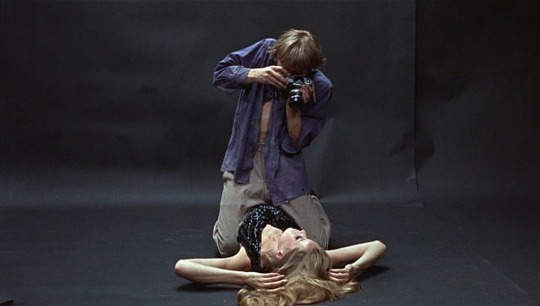
Veruschka von Lehndorff and David Hemmings in Blow-Up (Michelangelo Antonioni, 1966)
Cast: David Hemmings, Vanessa Redgrave, Sarah Miles, John Castle, Jane Birkin, Gillian Hills, Peter Bowles, Veruschka von Lehndorff, Julian Chagrin, Claude Chagrin. Screenplay: Michelangelo Antonioni, Tonino Guerra, Edward Bond, based on a story by Julio Cortázar. Cinematography: Carlo Di Palma. Art direction: Assheton Gorton. Film editing: Frank Clarke. Music: Herbie Hancock.
Back in the day we would discuss for hours the significance of Thomas (David Hemmings) fetching an invisible tennis ball after having photographed an invisible murder. Then later we scrutinized the thematic relationship of Blow-Up to Antonioni's great trilogy of L'Avventura (1960), La Notte (1961), and L'Eclisse (1962). More recently, Blow-Up has figured large in discussions of the "male gaze." But lately it has become a historical artifact from the "swinging London" of the mid-1960s. And there I think it best belongs. What perhaps needs to be discussed is the tone of the film: Is it a document, or a celebration, or an exposé, or a satire? I think it is a bit of all of these, but mostly the tone is satiric. Thomas's aesthetic detachment, not to say voyeurism, makes him the perfect vehicle for an exploration of the era, from the grim flophouse he spends a night photographing to the home of the drug-addled wealthy, by way of a fashion shoot, a glimpse of what seems to be adulterous affair but may be a murder, a mini-orgy with some teenyboppers, a peek at two of his friends making love, and a performance in a rock club. All of it viewed with the impassive gaze of Thomas, Antonioni, and Carlo Di Palma's movie camera. Is it meant to be funny? Yes, sometimes, as when Thomas encounters the model Veruschka at the party and says, "I thought you were supposed to be in Paris," and she replies, "I am in Paris." Or when we see the audience watching the performance of the Yardbirds in the club, showing no signs of enjoyment, but then going crazy when Jeff Beck smashes his guitar and flings it into the audience. Thomas escapes from the club with a piece of it, eludes the pursuing crowd, but throws it away when he realizes it's worthless. (A passerby picks it up, looks it it, and tosses it away.) It's a portrait of a cynical era in which people, as Oscar Wilde put it, know "the price of everything and the value of nothing." Hemmings, with his debauched choirboy* face, is the perfect protagonist, and Vanessa Redgrave, at the start of her career, is beautifully, magnificently enigmatic as the woman who may or may not have been involved in murder. I'm not sure it's a great film -- certainly not in comparison to Antonioni's trilogy -- but it will always be a fascinating one.
*Almost literally: Hemmings started as a boy soprano who was cast by Benjamin Britten in several works, most notably as Miles in the 1954 opera The Turn of the Screw. He can be heard on the recording made that year with Britten conducting. .
3 notes
·
View notes
Photo


LEGEND (1985)
“Oh, Mother Night! Fold your dark arms about me. Protect me in your black embrace. I sit alone, an impotent exile, whilst this form, this presence, returns to torment me!”
Cinematography by Alex Thomson
Production Design by Assheton Gorton
Directed by Ridley Scott
921 notes
·
View notes
Text
Shadow Of The Vampire (2000) Dractober Review
Truth is stranger than fiction in Shadow Of The Vampire (2000) #Dractober #Review
A blackly comic metafictional account of the making of “Nosferatu”, positing the idea that F W Murnau was prepared to go to any lengths in order to capture his masterwork, even turning a blind eye to the real-life vampire he has found to ‘play’ Count Orlok.
Supported by a great performance from John Malkovich as Murnau and a sensational performance by Willem Dafoe as Max Shreck as Count Orlok,…
View On WordPress
#2000#Aden Gillett#Alan Howden#Assheton Gorton#Biography#Cary Elwes#Catherine McCormack#Chris Wyatt#Christophe Chrompin#Comedy#Dan Jones#Derek Kueter#Dractober#Dracula#Drama#E Elias Merhige#Eddie Izzard#Graham Johnston#Gustav von Wangenheim#Halloween#Horror#Ingeborga Dapkunaite#Jean-Claude Croes#Jean-Claude Schlim#Jeff Levine#Jimmy de Brabant#John Malkovich#Lou Bogue#Marie-Paule von Roesgen#Marja-Leena Junker
0 notes
Photo
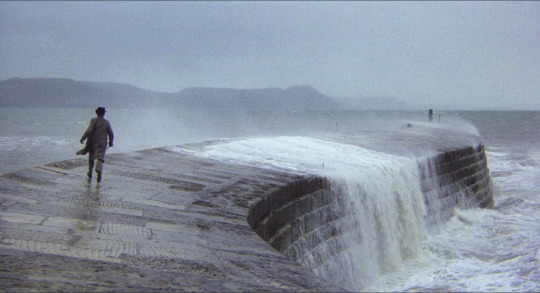

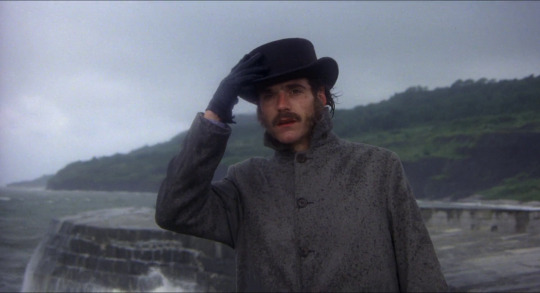

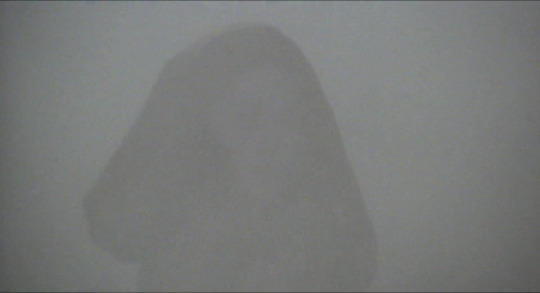
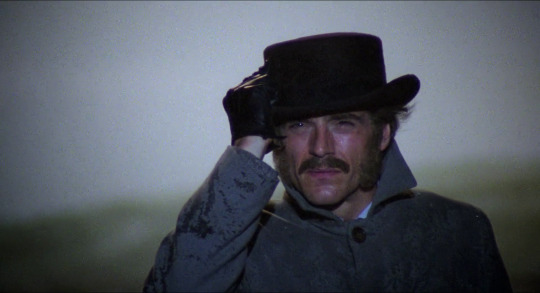


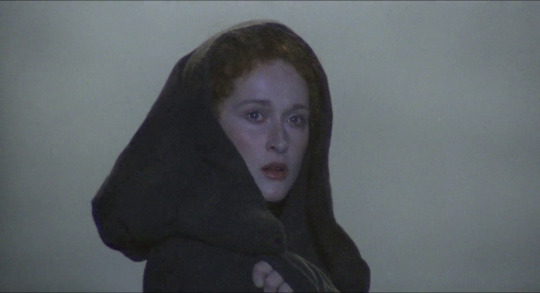

The French Lieutenant's Woman (Karel Reisz, 1981).
#the french lieutenant's woman#karel reisz#jeremy irons#meryl streep#john fowles#harold pinter#freddie francis#john bloom#assheton gorton#allan cameron#norman dorme#terry pritchard#tom rand#ann mollo#the french lieutenant's woman (1981)
154 notes
·
View notes
Photo



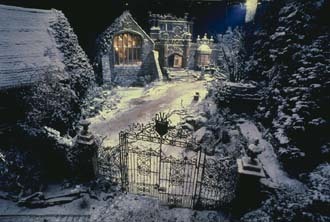




Hell Hall, Cruella's Family Property in Suffolk Countryside
47 notes
·
View notes
Photo

Dudley Moore and Peter Cook in The Bed Sitting Room (Richard Lester, 1969)
Cast: Rita Tushingham, Michael Hordern, Dudley Moore, Peter Cook, Ralph Richardson, Arthur Lowe, Mona Washbourne, Richard Warwick, Marty Feldman, Harry Secombe, Roy Kinnear, Spike Milligan, Ronald Fraser, Jimmy Edwards, Frank Thornton, Dandy Nichols. Screenplay: John Antrobus, Charles Wood, based on a play by Spike Milligan and John Antrobus. Cinematography: David Watkin. Production design: Assheton Gorton. Film editing: John Victor Smith. Music: Ken Thorne.
Seemingly every comic actor in 1960s Britain turns up somewhere in Richard Lester's The Bed Sitting Room, but they don't generate many laughs. The problem with most absurdist comedies is the absence of a grounding normality, and in the post-apocalyptic setting of the film, in which Britain has been turned into a vast trash dump by a nuclear war, there's not much to serve as a norm against which its silliness can play out. The point is to satirize our pre-apocalyptic complacency, and once you get that point the film mostly asks you to sit around and wait for your particular favorite actor to make his or her appearance. Oh, there's Ralph Richardson. Ah, that's Mona Washbourne. Good, that's Marty Feldman. And so on for 90 minutes. It only seems longer.
0 notes
Photo
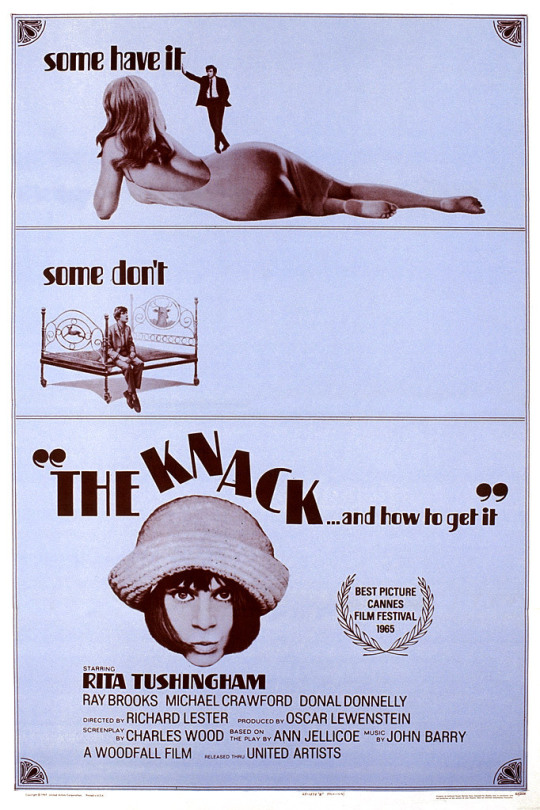

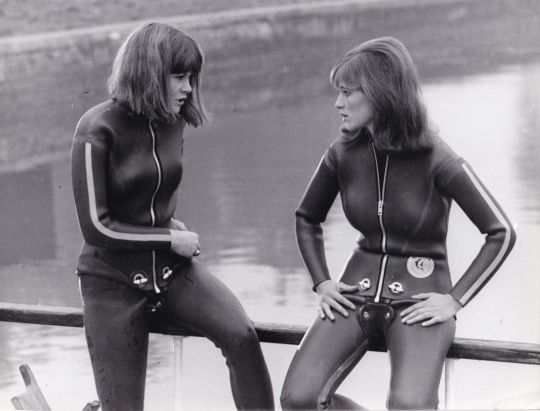
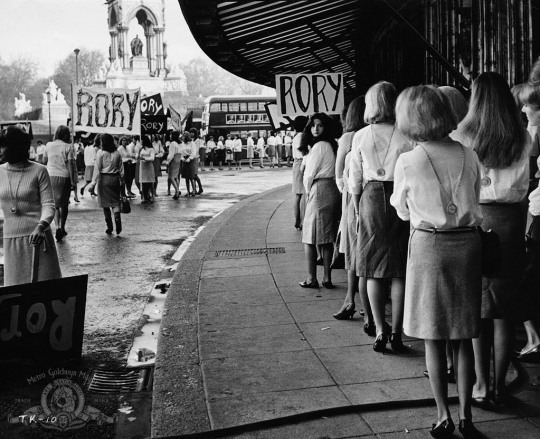
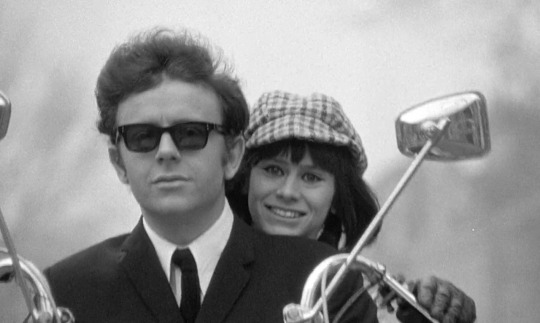



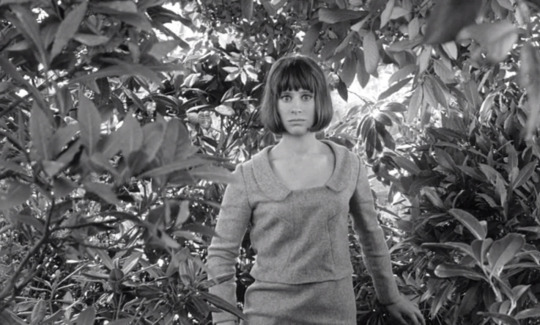
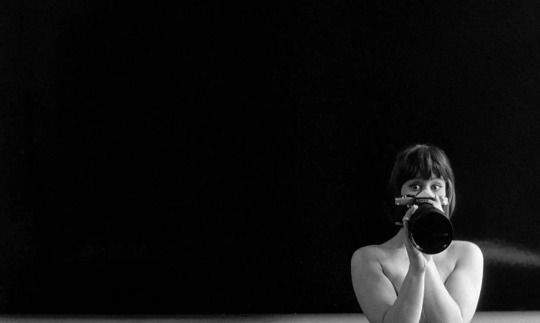
The Knack ... and How to Get It (Richard Lester, 1965)
Cast: Rita Tushingham, Ray Brooks, Michael Crawford, Donal Donnelly. Screenplay: Richard Lester, based on a play by Ann Jellicoe. Cinematography: David Watkin. Art direction: Assheton Gorton. Film editing: Antony Gibbs. Music: John Barry.
When I saw The Knack when it was first released, I was about the age of its principal characters, and I wondered why they were having so much more fun than I was. The obvious answer is that my life was not being directed by Richard Lester. But today, what seemed like a giddy delight of a movie, which so wowed the jury at Cannes that they gave it the Palme d’Or, feels a little tiresome and sad. It climaxes, after all, with Rita Tushingham's character crying rape. And even though her cries, which are sometimes more like chirps, are played for laughs, we have learned to treat rape as no laughing matter, so a sourness has infected the movie that can't be dismissed as misapplied “wokeness.” There are still things to like about The Knack: It does have a certain naïve charm and a great deal of energy, and the chorus of stuffy middle-class Brits commenting on the antics of the young is often funny. But the film is as dated as a farce about the flappers and flaming youth of the 1920s would have been to the “mods and rockers” of the mid-'60s.
0 notes
Photo

Jeremy Irons and Meryl Streep in The French Lieutenant's Woman (Karel Reisz, 1981).
Cast: Jeremy Irons, Meryl Streep, Hilton McRae, Emily Morgan, Charlotte Mitchell, Lynsey Baxter, Peter Vaughan, Colin Jeavons, Liz Smith, Patience Collier, Leo McKern. Screenplay: Harold Pinter, based on a novel by John Fowles. Cinematography: Freddie Francis. Production design: Assheton Gorton. Film editing: John Bloom. Music: Carl Davis.
John Fowles's 1969 novel The French Lieutenant's Woman shrewdly illuminates what Victorian novelists like Dickens and George Eliot and the Brontës knew firsthand about not only the intellectual controversies, such as Darwinism and societal change, that raged in the times, but also the manners and morals and sexuality that the conventions and evasions of publishing kept them from depicting directly. But the book is about the conventions and evasions of fiction itself. Not much of this is readily translatable into cinematic terms, so when Karel Reisz came to film the novel and Harold Pinter to write the screenplay for it, much of that, especially the metafictional aspect of Fowles's book, had to be jettisoned. Instead, Reisz and Pinter chose to tell the main story of the novel -- the love affair of Sarah Woodruff (Meryl Streep) and Charles Smithson (Jeremy Irons) -- within the framework of a story about the actors, Anna (Streep) and Mike (Irons), who are also having an off-screen affair. The result, for anyone who relished the novel, was bound to be disappointing, even with actors as skilled as the film's stars. The movie is splendidly mounted and photographed, the music score is ravishing, and the performances are subtle and witty. But the frame seems gratuitous. Fowles's novel famously had alternate endings for its story about Sarah and Charles: one conventionally tidy in the manner of Victorian fiction, the other enigmatic in the manner of modern novels. The film instead assigns the Victorian ending to Sarah and Charles, the modern one to Anna and Mike, which only approximates the point Fowles was trying to make about fictional conventions. Streep got an Oscar nomination for her performance, and it's her usual carefully detailed work. To some it's a little too detailed and self conscious, and it doesn't quite match with Irons's performance: He admitted that, as a stage-trained actor making his first major film, he was puzzled by what Streep was doing until he realized that she knew much more about acting for the camera than he did. It's possible that if you haven't read the book, you're at an advantage, but as one who admires the source, I find this version pretty but flat.
0 notes
Photo


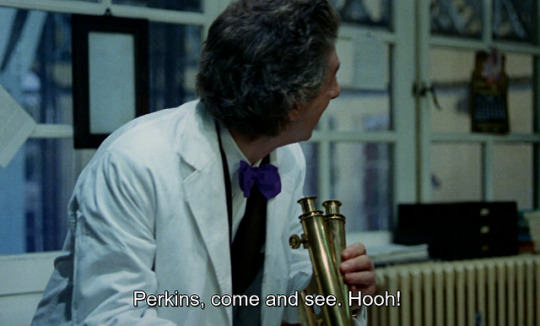
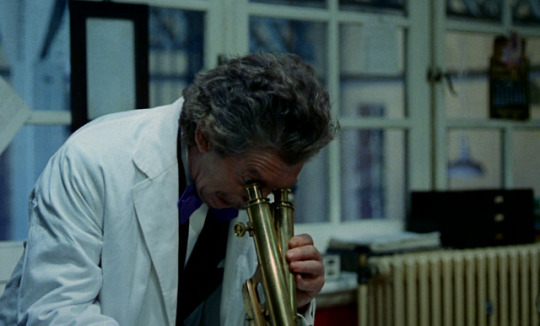
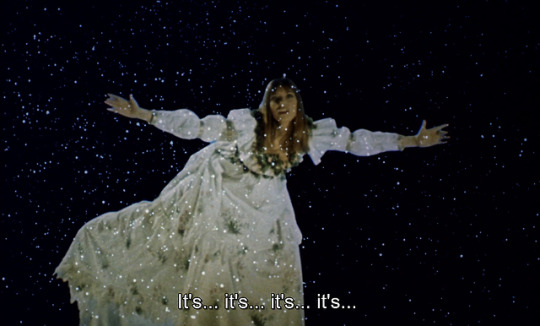

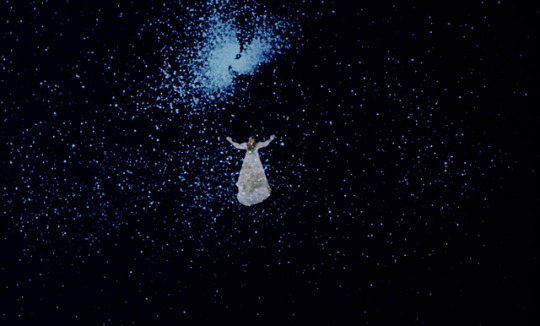



Wonderwall (Joe Massot, 1968).
#wonderwall (1968)#wonderwall#joe massot#jack macgowran#jane birkin#harry waxman#Rusty Coppleman#assheton gorton#jocelyn rickards#Arnold Chapkis
33 notes
·
View notes
Video
youtube
Today's review on MyOldAddiction.com, The Pied Piper by #JacquesDemy starring #JackWild and #Donovan JACQUES DEMY Bil's rating (out of 5): BB. United Kingdom/West Germany/USA, 1972…
#Andre Van Gyseghem#Andrew Birkin#Arthur Hewlett#Assheton Gorton#Cathryn Harrison#Clive Elliott#David Leland#David Nettheim#David Puttnam#Diana Dors#Donald Pleasence#Donovan#Edwin Brown#Evangeline Harrison#George Cormack#Gertan Klauber#Goodtimes Enterprises#Hamilton Dyce#Jack Wild#Jacob Grimm#Jacques Demy#John Falconer#John Hurt#John Trumper#John Welsh#Keith Buckley#Mark Peploe#Mary MacLeod#Michael Goldie#Michael Hordern
0 notes